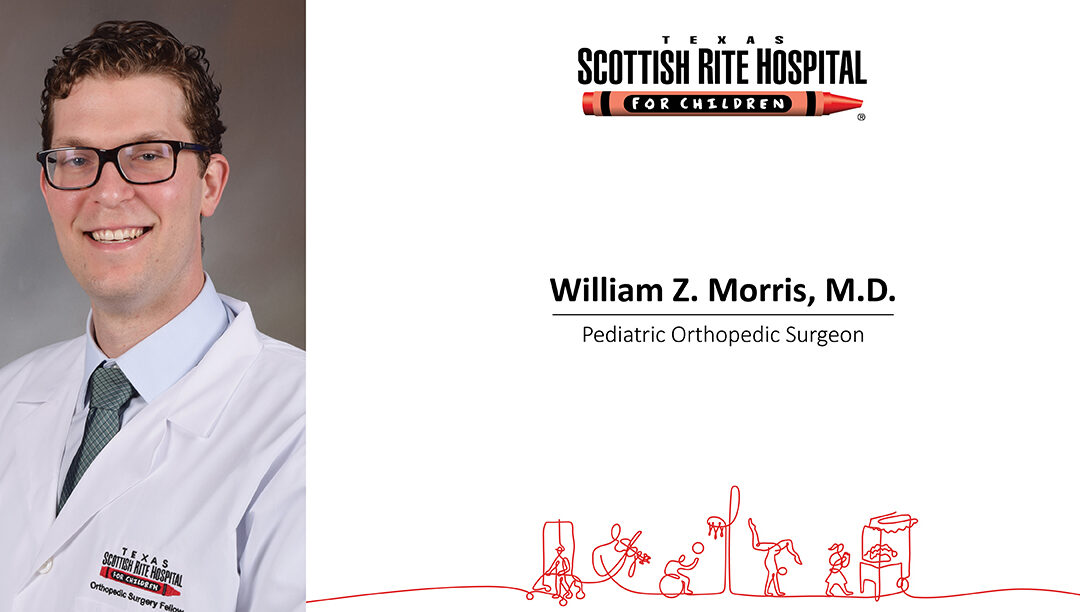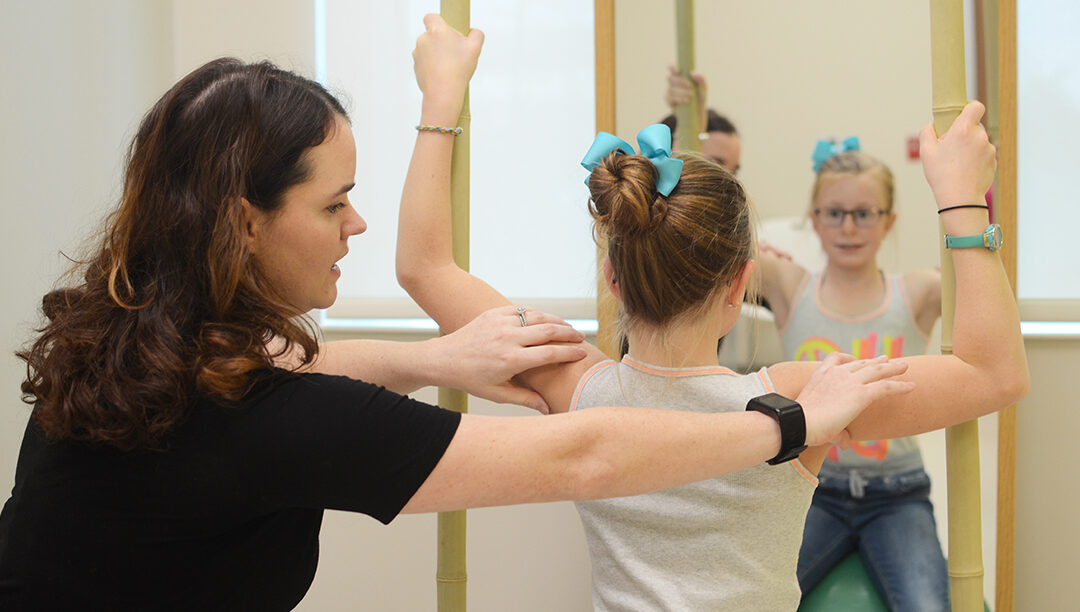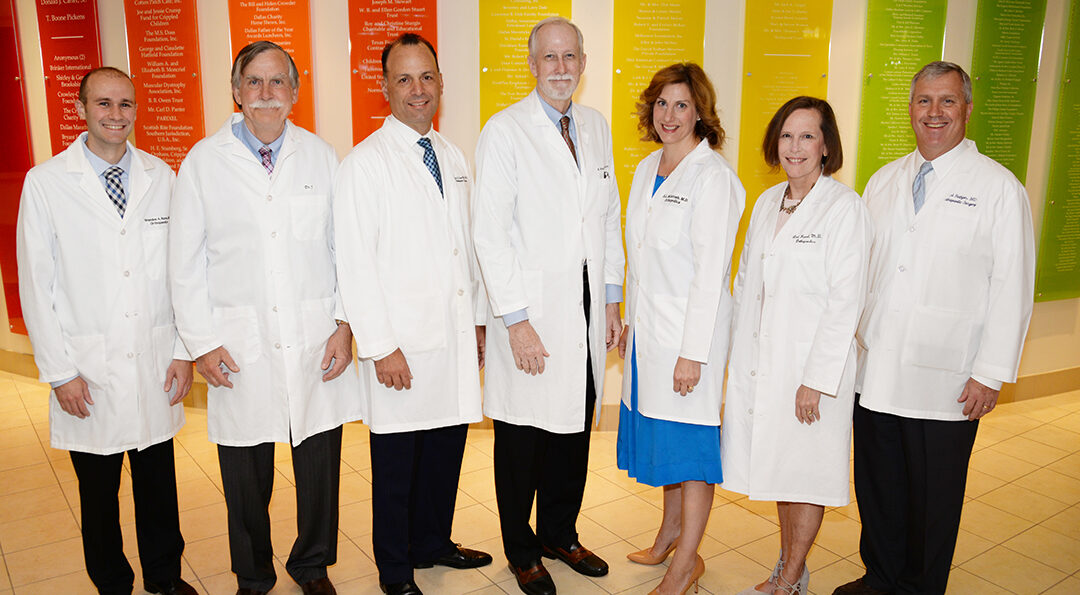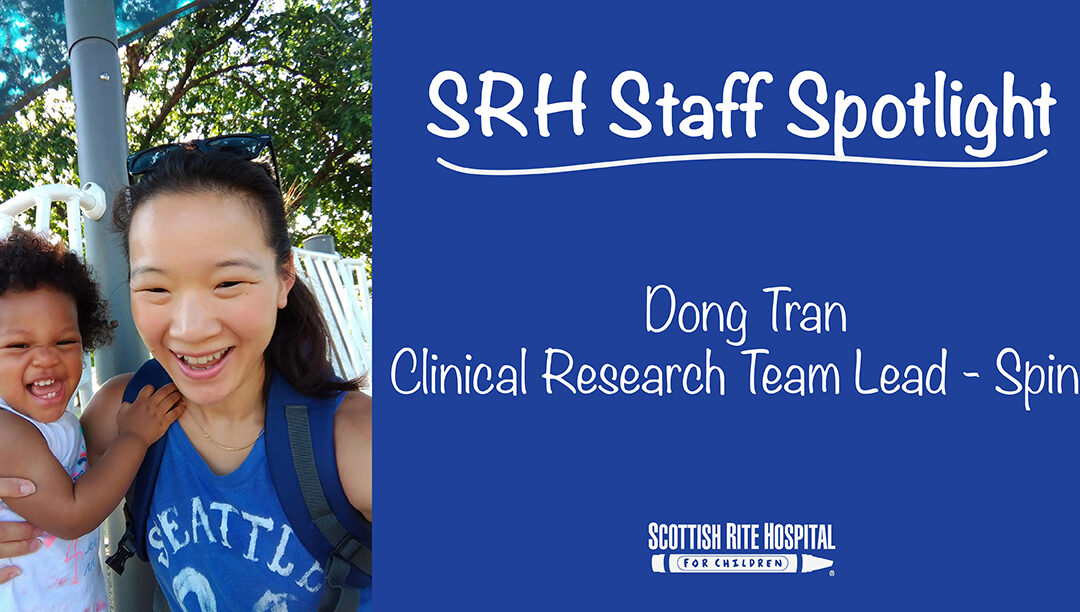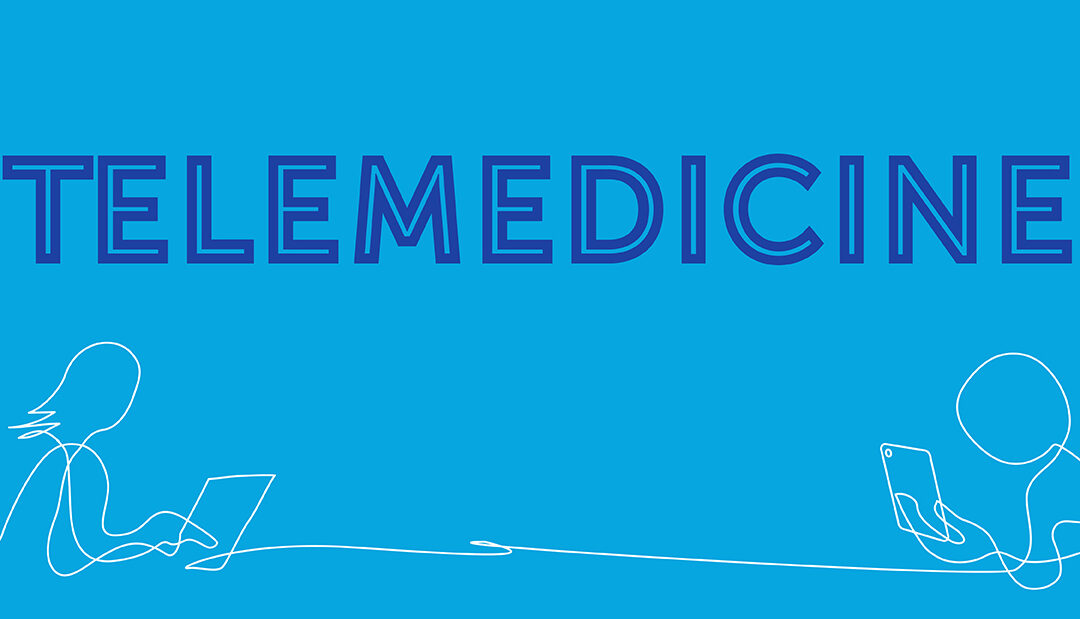
Telemedicine at Scottish Rite
At Scottish Rite for Children, we are committed to providing world-renowned patient care. During this time, it has been our priority to continue that commitment of quality, safe and convenient treatment options for our patients and families.
Here is what you need to know about our telemedicine capabilities:
How do you access a video visit?
- All video visits at Scottish Rite are accessed through MyChart – the organization’s patient portal.
- mySRH is the entry way to access a telemedicine visit. In addition to receiving access for your video visit, we encourage families to sign up to be able to pre-register, self-schedule, communicate directly with your clinic team and look up results from X-rays or other tests.
Equipment needed for your telemedicine visit:
- Internet access through a desktop, tablet or mobile device.
- An Apple iPad or Android tablet typically deliver the easiest video and audio video visit experience. The integrated front and rear cameras come in handy if you need to show your provider a wound, elbow, cast, foot, etc.
Is the video visit private and secure?
Yes – through your mySRH login, you are given a personalized link to access your video visit.
What are the benefits of a virtual visit versus an in-person visit?
- Increased access to your clinic team.
- Convenience in various forms for the family – no traffic, no waiting in waiting rooms, no risk of exposing yourself, no need to arrange childcare for siblings, etc.
- Telemedicine helps our team have a better understanding of a child’s home setup – seeing how the patient conducts daily living, i.e. moving from one place to another, spacing issues. We are able to provide suggestions on how to make things easier/better for the child in the home setting with equipment, etc.
- More relaxed environment being at home for the child.
Clinics conducting video visits:
- Rheumatology
- Orthopedics
- Sports Medicine
- Sports Therapy
- Pediatric Developmental Disabilities
- Physical and Occupational Therapy
- Dyslexia
- Orthotics and Prosthetics
- Psychology
- Neurology
How do I schedule my child for a video visit?
If you are interested in having your child scheduled for a video visit, please contact your clinic team – Dallas: 214-559-7400 and Frisco: 469-515-7100.
Click here to access the mySRH patient portal.

